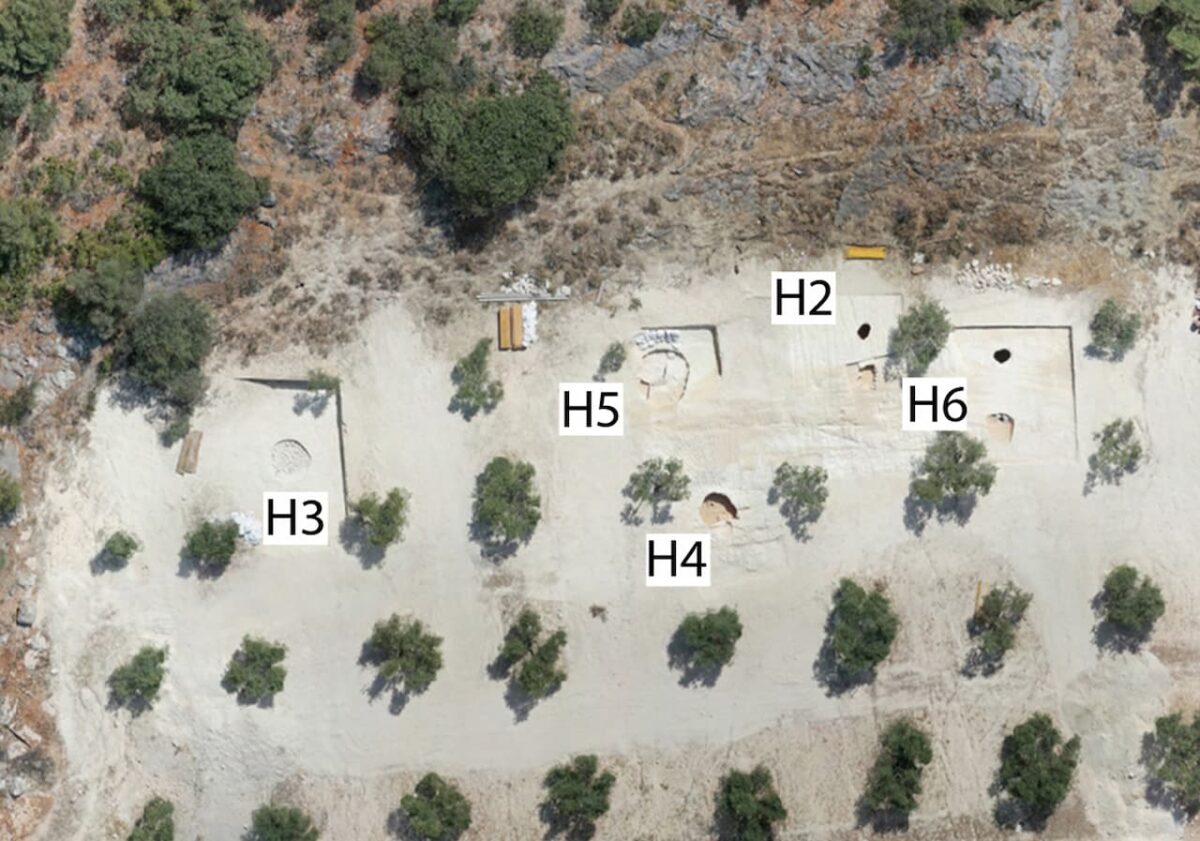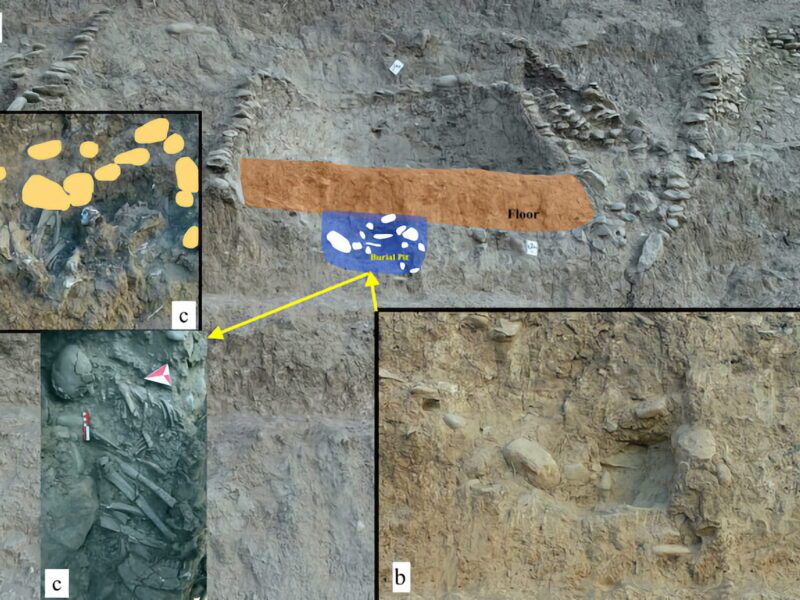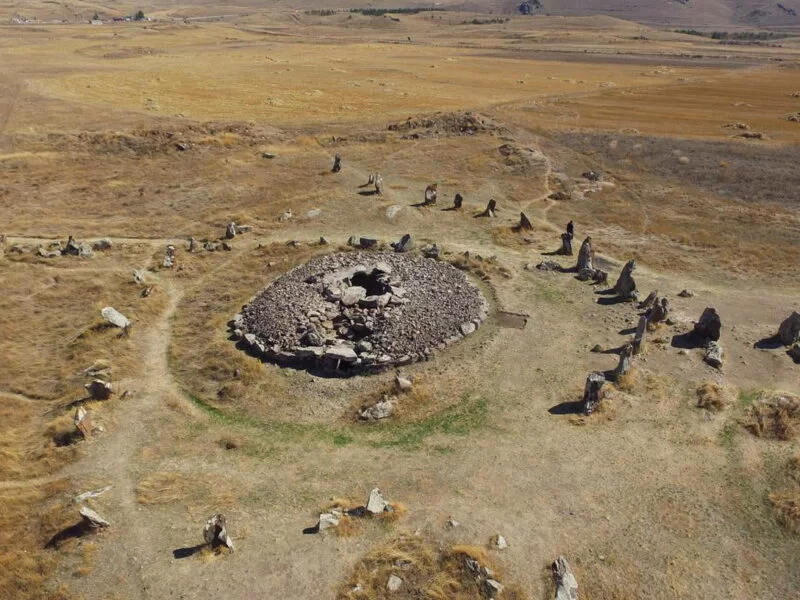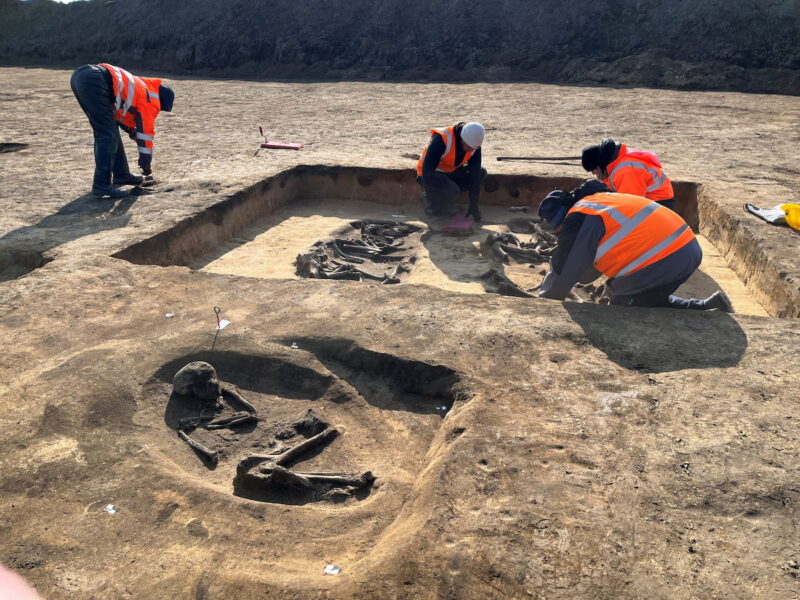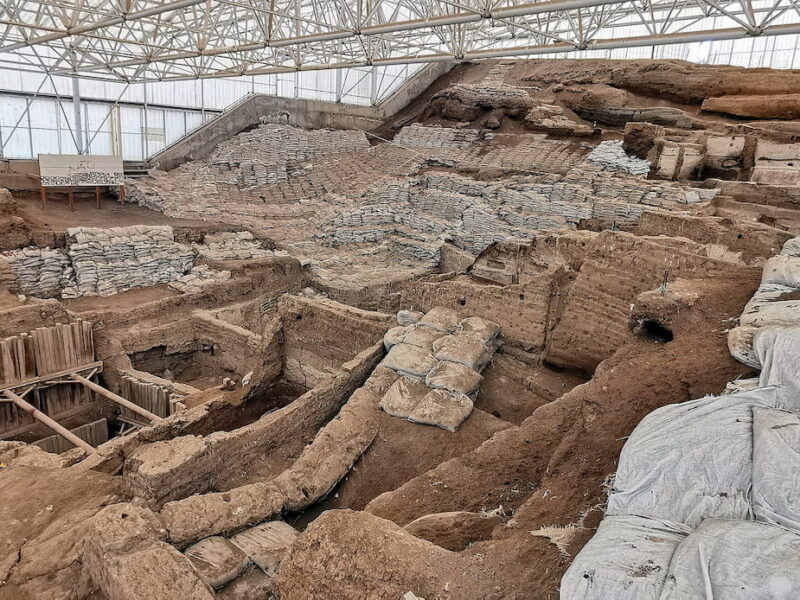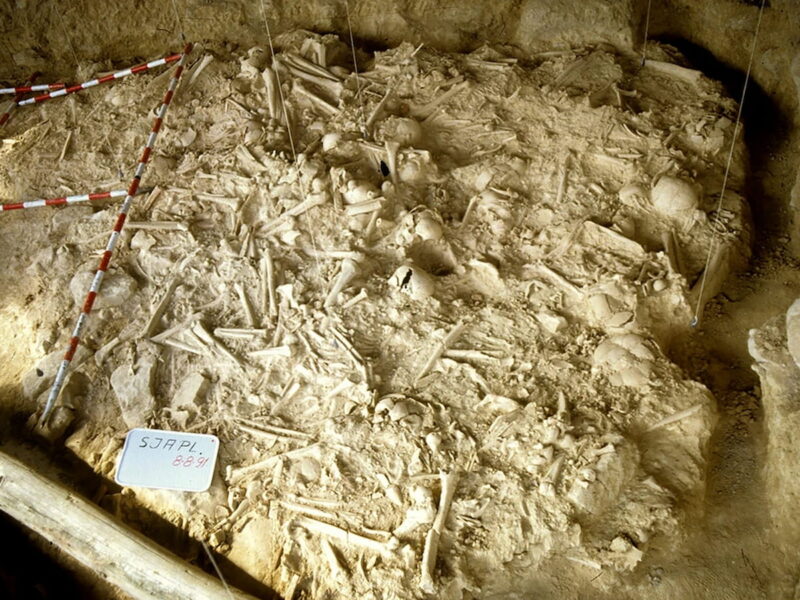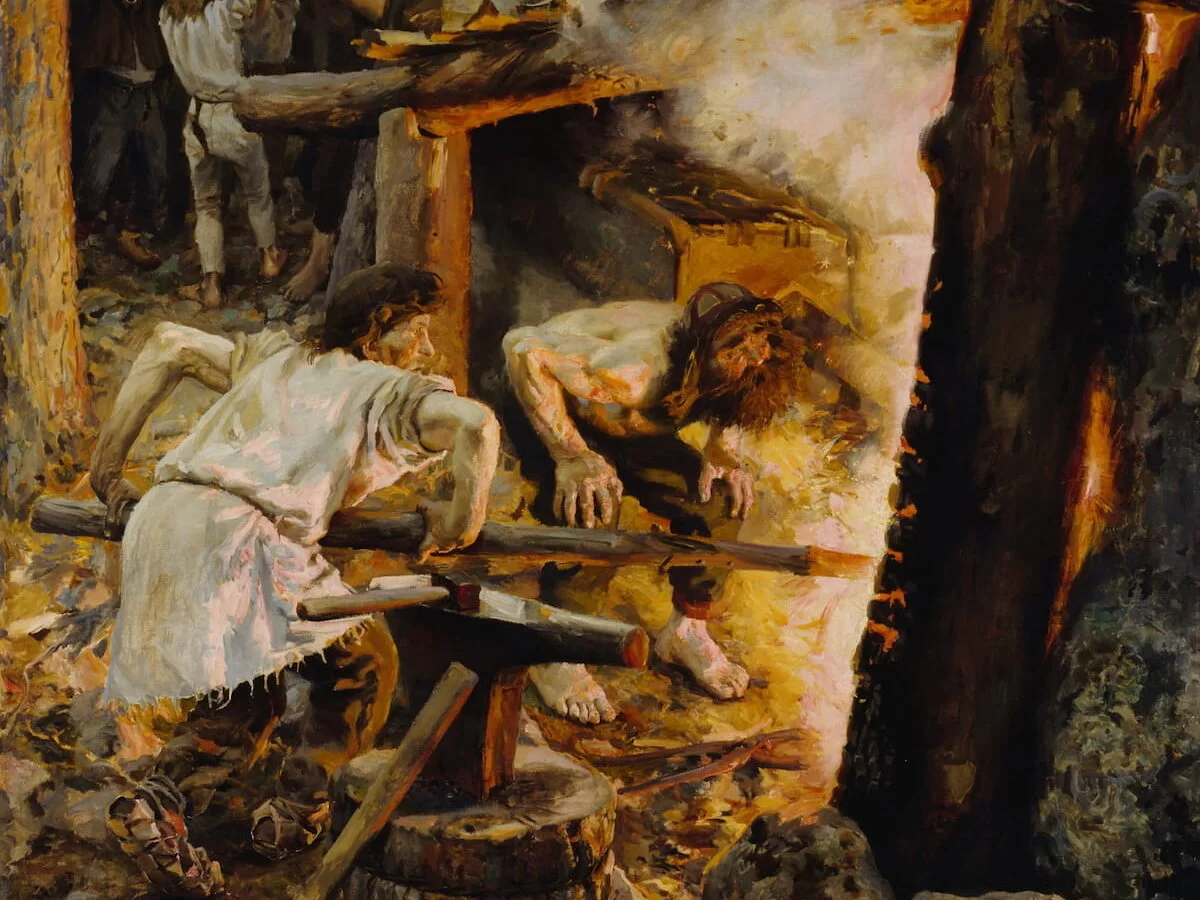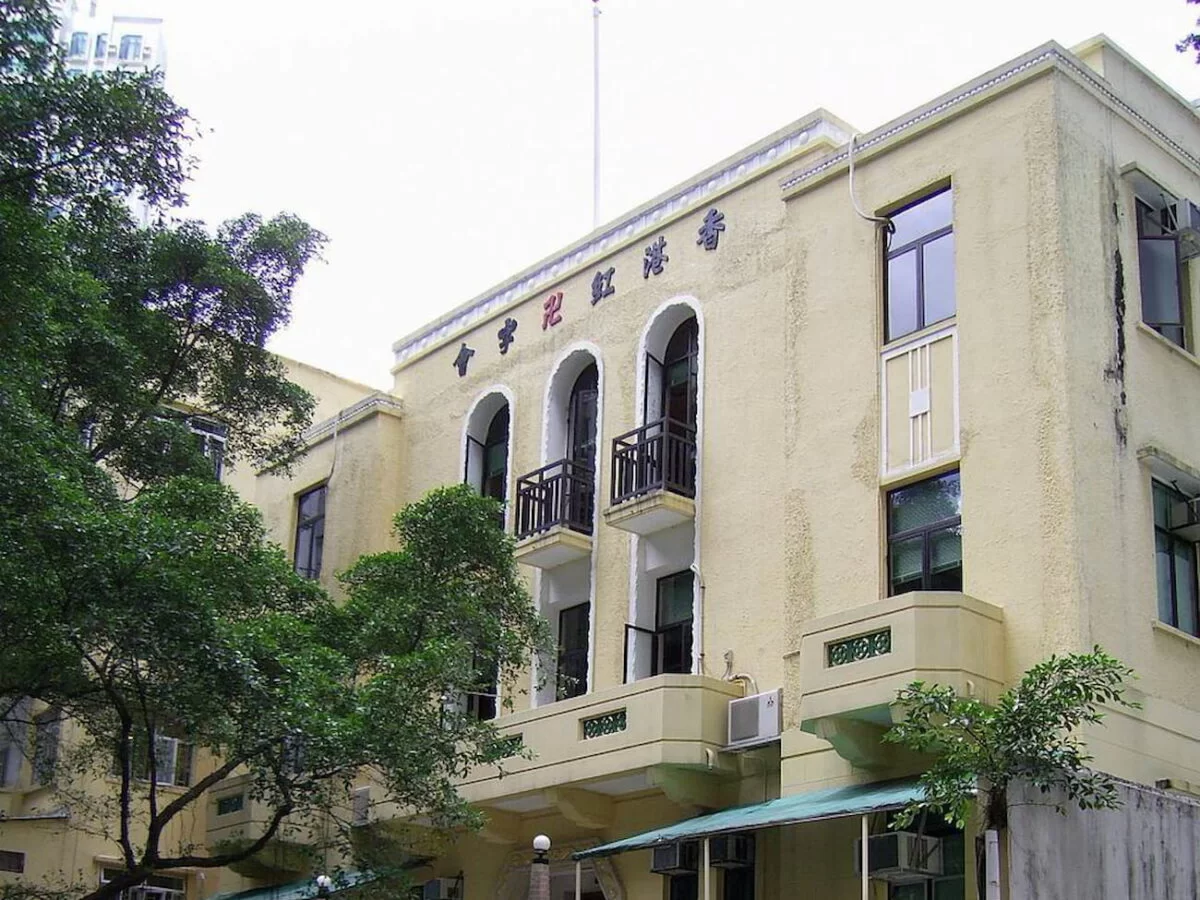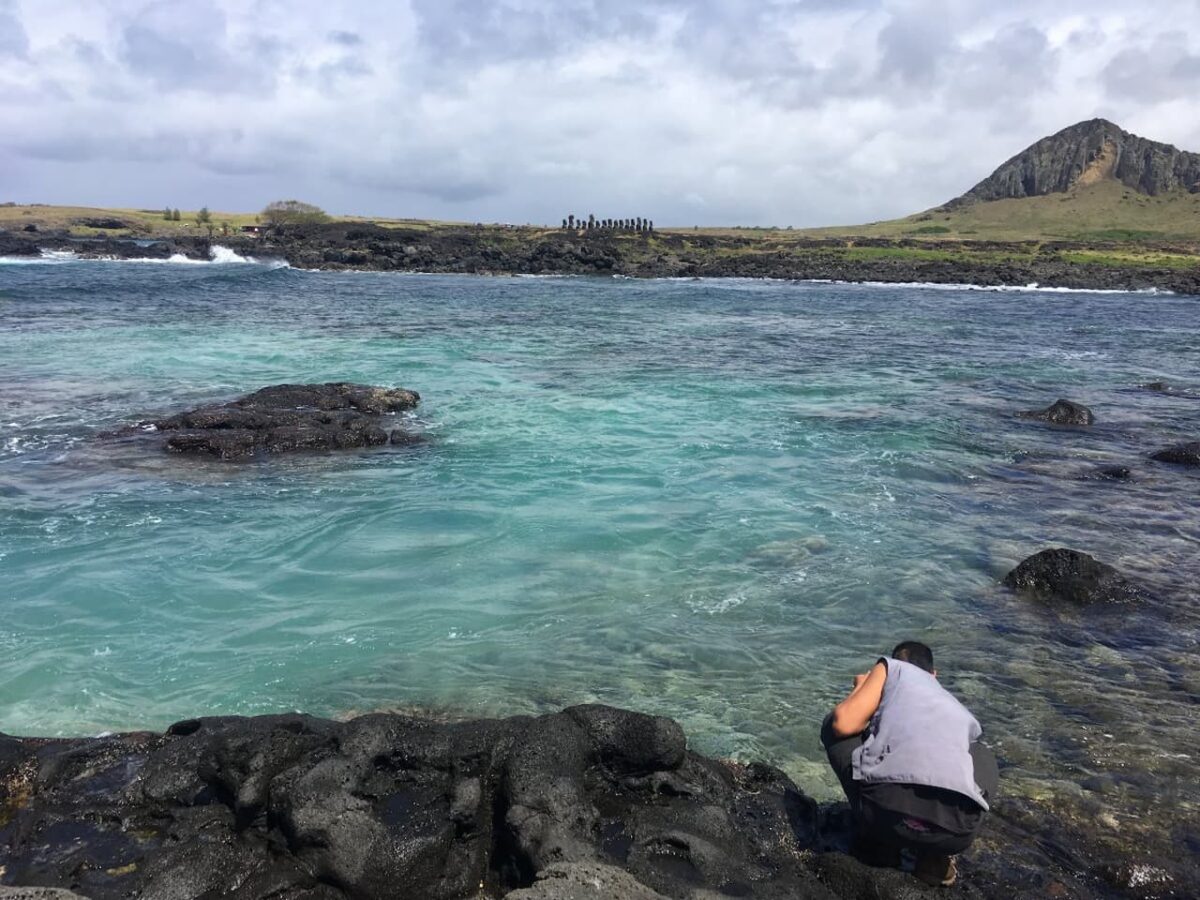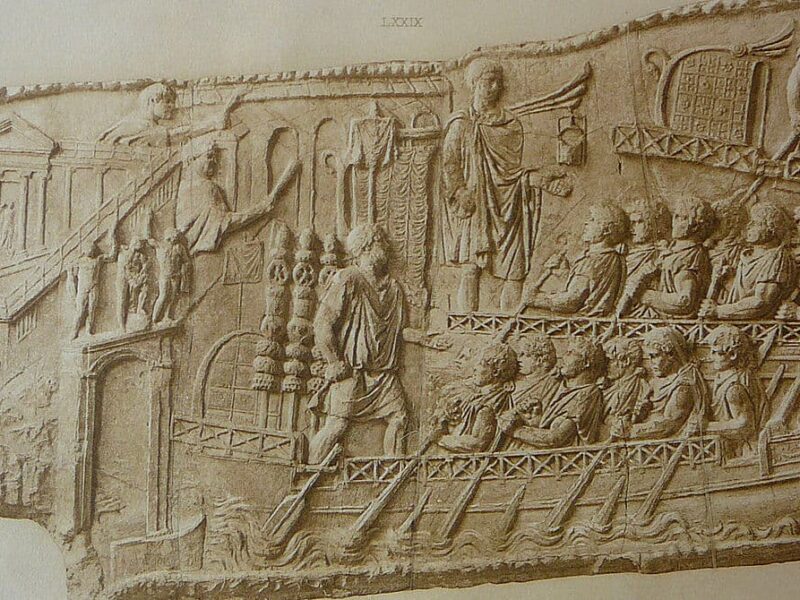A recent study has revealed that the hypogeum cemetery of La Beleña, located in the province of Córdoba (southern Spain), is one of the oldest in the Iberian Peninsula, with remains dating back to around 3700 B.C. Radiocarbon analysis and Bayesian modeling, conducted by a team of researchers from several Spanish universities, have uncovered surprising data about the burial practices of Late Neolithic societies, including the possibility of an epidemic that may have caused a sudden increase in burials.
Hypogea, tombs carved into rock, were first discovered in 1973, but recent excavations have identified up to five burial chambers containing the remains of at least 79 individuals. The researchers have determined that this cemetery was active in two main phases, separated by several centuries of inactivity.
The first phase began around 3700 B.C., with the opening of Hypogeum 5, which was used for the earliest burials. After a period of inactivity lasting approximately 250 years, the site was intensively reused during a second phase, between 3400 and 2900 B.C., when other hypogea were constructed and used to deposit the deceased.
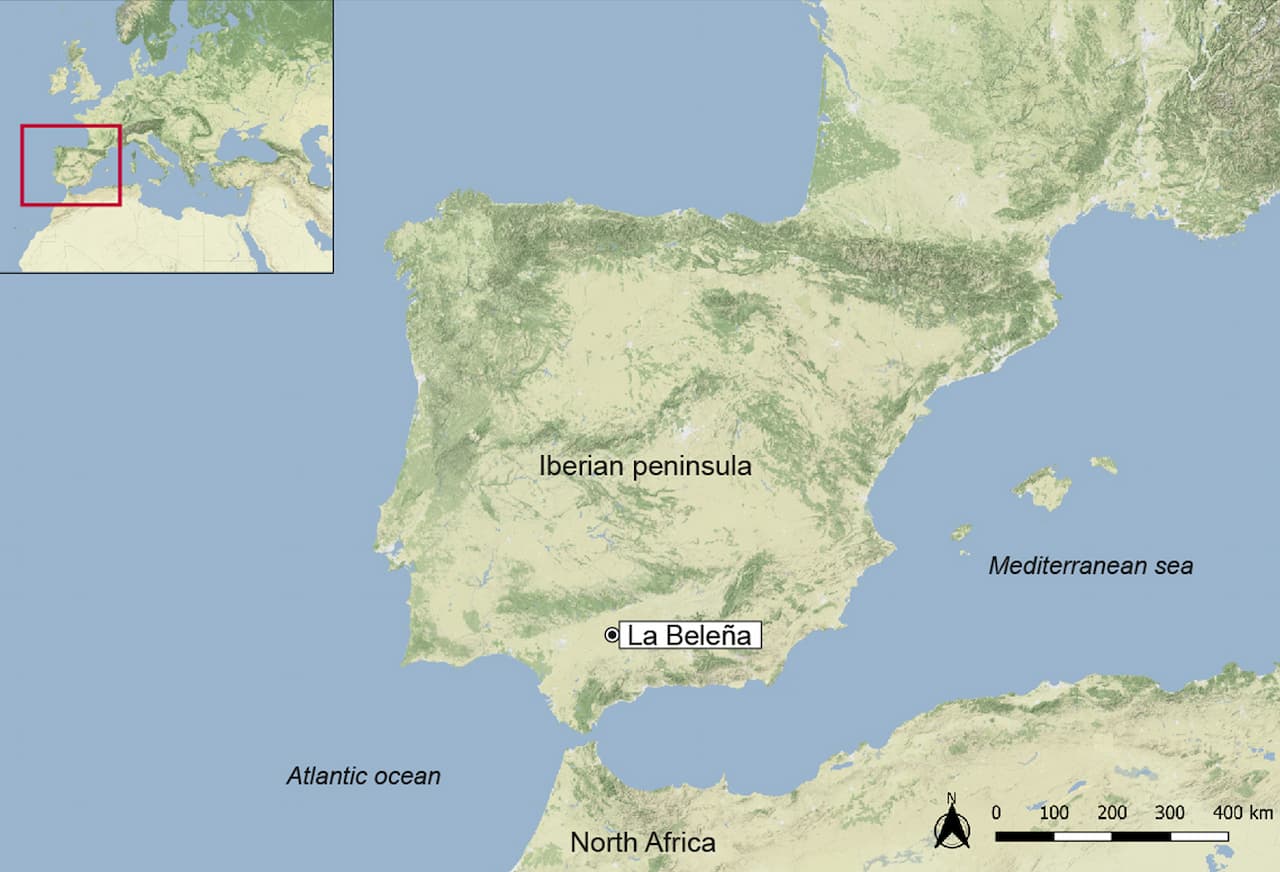
The most striking feature of this second phase is the abrupt increase in the number of burials, leading researchers to suggest that some catastrophic event, such as an epidemic, may have affected the population. Hypogeum 6 is the most notable example of this phenomenon, containing the remains of 17 individuals who, according to dating tests, appear to have died within a short period of time.
Although no obvious signs of disease have been identified in the bones, the sudden concentration of burials could be related to a health crisis, similar to epidemics documented in other prehistoric cultures.
This pattern of accelerated burial is consistent with findings at other archaeological sites in Europe, where increased mortality over short periods has also been detected, possibly linked to disease outbreaks. Recent studies on the genetics of prehistoric populations suggest that pathogens like the bubonic plague were already circulating among Neolithic communities in Europe, which strengthens the hypothesis that an epidemic may have struck the La Beleña community.
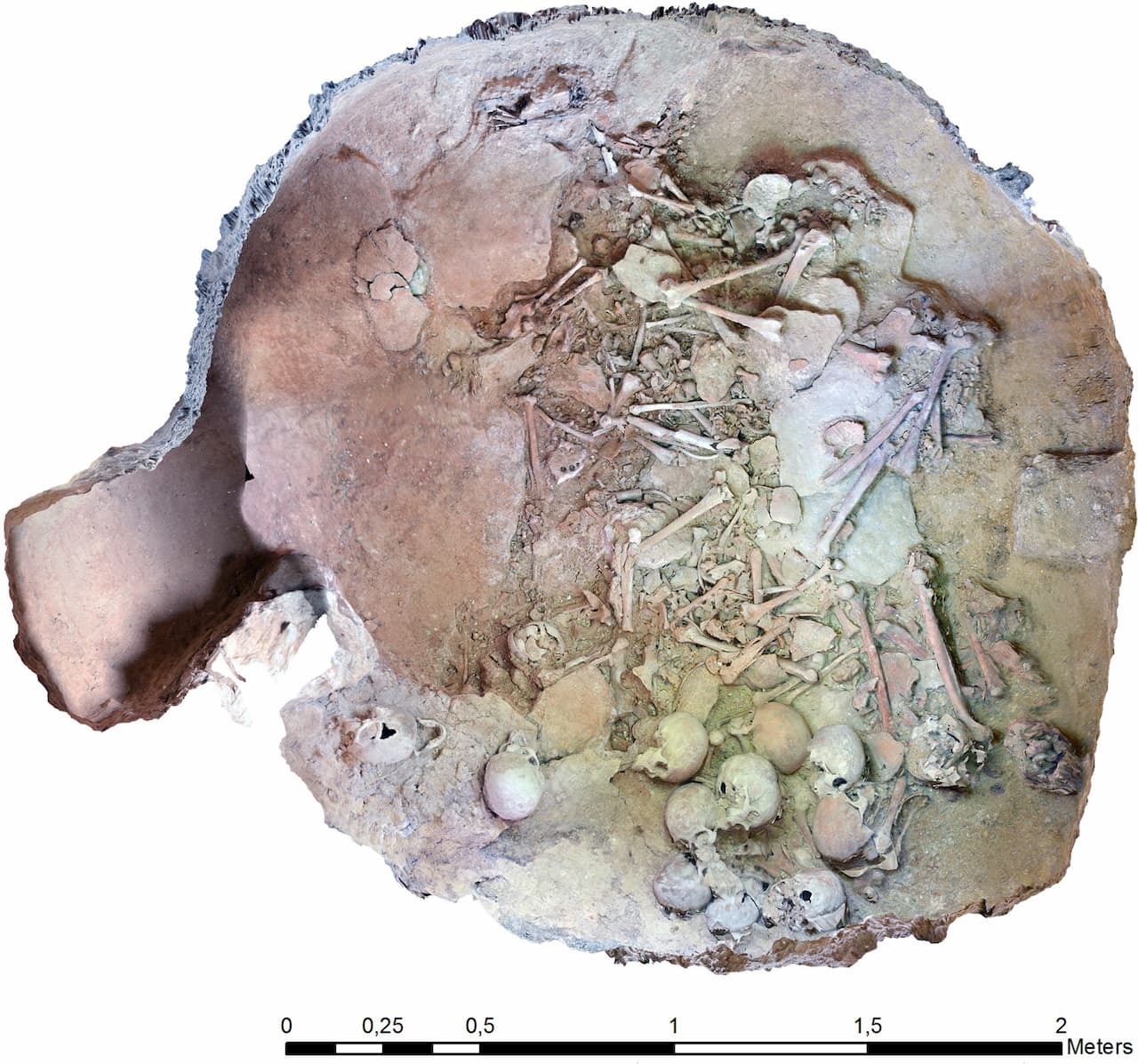
Moreover, the study confirms that La Beleña is one of the earliest documented hypogeum cemeteries in the Iberian Peninsula. This form of collective burial, common in other parts of Western Europe during the Late Neolithic, spread rapidly in the region, possibly as a result of increased human mobility and long-distance cultural exchanges.
In addition to radiocarbon dating, scientists conducted isotopic analyses of the bone remains to obtain information about the diet of the individuals buried there. The results reveal that the people who used the La Beleña cemetery had a predominantly terrestrial diet, based on agriculture and livestock farming, with little to no reliance on marine or freshwater resources.
This aligns with what is known about other Neolithic communities on the Iberian Peninsula, which lived in rural settlements and practiced relatively advanced agriculture.
SOURCES
Santana J, Caro JL, Camalich Massieu MD, Aranda Jiménez G, Martín Socas D. Sequencing the Southern Iberian Late Neolithic hypogeum cemetery of La Beleña through radiocarbon dating and Bayesian modeling. Radiocarbon. 2024;66(3):498-517. doi:10.1017/RDC.2024.64
Discover more from LBV Magazine English Edition
Subscribe to get the latest posts sent to your email.

